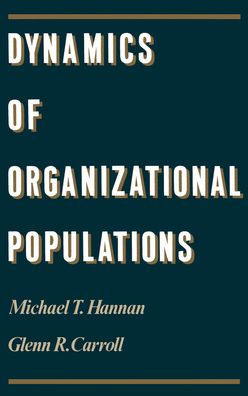5
1
9780195071917



Dynamics of Organizational Populations: Density, Legitimation, and Competition available in Hardcover, eBook

Dynamics of Organizational Populations: Density, Legitimation, and Competition
- ISBN-10:
- 0195071913
- ISBN-13:
- 9780195071917
- Pub. Date:
- 01/02/1992
- Publisher:
- Oxford University Press
- ISBN-10:
- 0195071913
- ISBN-13:
- 9780195071917
- Pub. Date:
- 01/02/1992
- Publisher:
- Oxford University Press

Dynamics of Organizational Populations: Density, Legitimation, and Competition
$285.0
285.0
In Stock

Product Details
| ISBN-13: | 9780195071917 |
|---|---|
| Publisher: | Oxford University Press |
| Publication date: | 01/02/1992 |
| Edition description: | New Edition |
| Pages: | 304 |
| Product dimensions: | 6.50(w) x 9.56(h) x 1.09(d) |
About the Author
From the B&N Reads Blog
